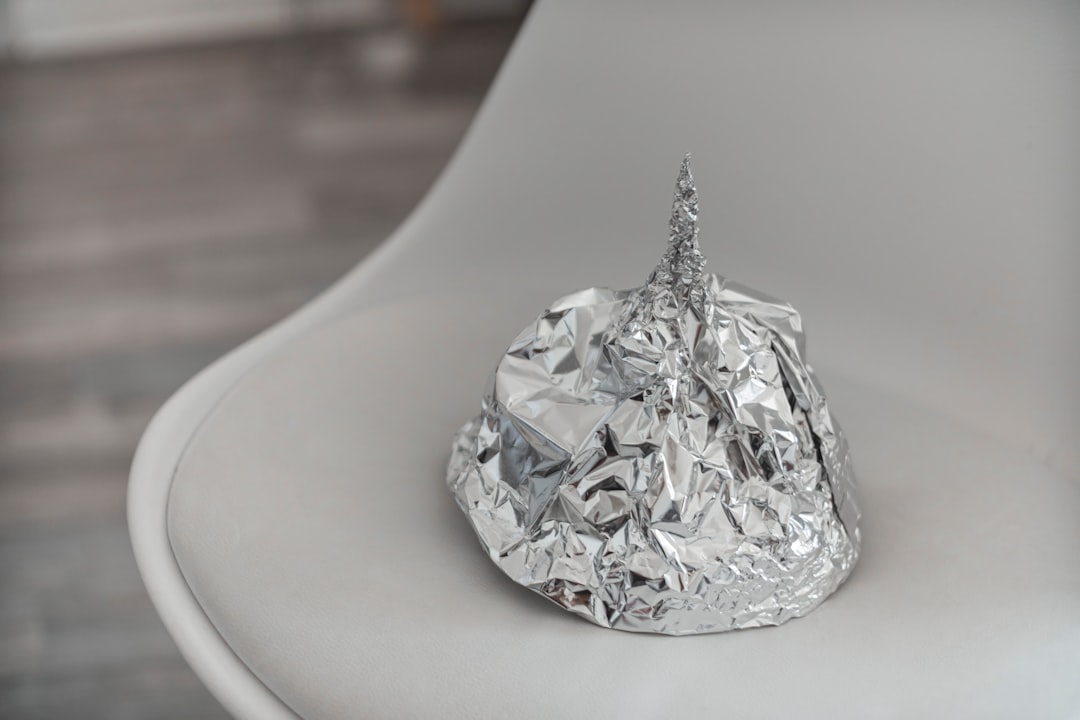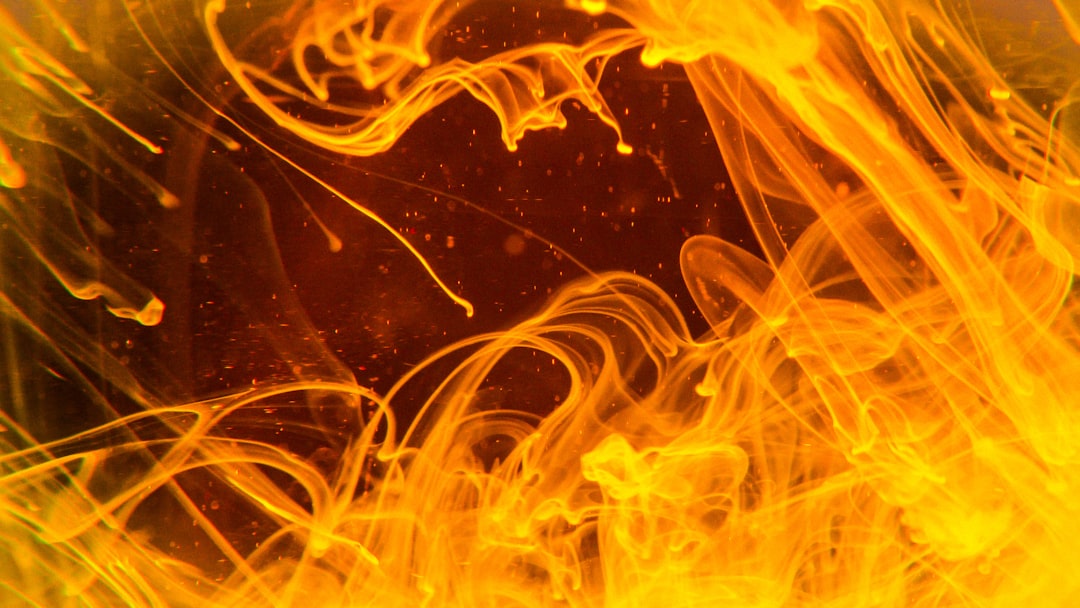What is it about?
In this work, the heat transfer within MEMS devices materialised by a cavity is envisaged. The problem is studied using the Grad’s 13-moments and the Navier–Stokes and Fourier feld of equations (NSF), with frst order of slip and jump boundary conditions, compared to the direct simulation Monte Carlo (DSMC) results. A Maxwelllian gas is assumed to be confned in a cavity at the environmental temperature. The cavity is taken to have a hot chip, an adiabatic one while the two others are taken to the environmental temperature. The 13-moments solutions are in accordance with DSMC predicting, besides the classical hot to cold vortices, two additional counter-rotating ones exchanging energy with the two cold walls, which are not predicted by the continuum-based model. The Knudsen number growth, gas rarefaction degree, affects the vortices by pushing the classical ones towards the centre and hot plate, while strengthening the others.
Featured Image
Read the Original
This page is a summary of: The 13-moments method for heat transfer in gas microflows, Australian Journal of Mechanical Engineering, November 2017, Taylor & Francis,
DOI: 10.1080/14484846.2017.1407468.
You can read the full text:
Contributors
The following have contributed to this page










